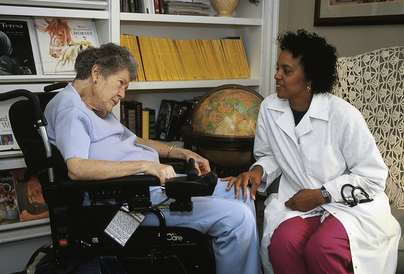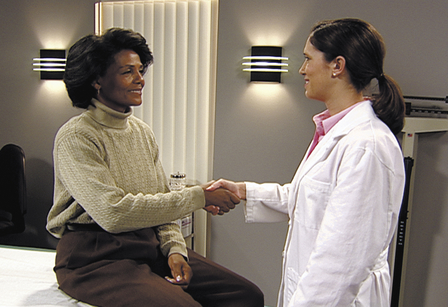Mental status is assessed continuously throughout the entire interaction with a patient by evaluating the patient’s alertness, orientation, cognitive abilities, and mood. Observe the patient’s physical appearance, behavior, and responses to questions asked during the history (see figure, p. 276). Evaluate the patient’s mental status throughout the encounter (see Chapter 3).
Age-Specific Examination
Special Populations and Older Adults
Examination Guidelines


Cognitive Assessment
![]()
Stay updated, free articles. Join our Telegram channel

Full access? Get Clinical Tree


Age-Specific Examination: Special Populations and Older Adults
Get Clinical Tree app for offline access

